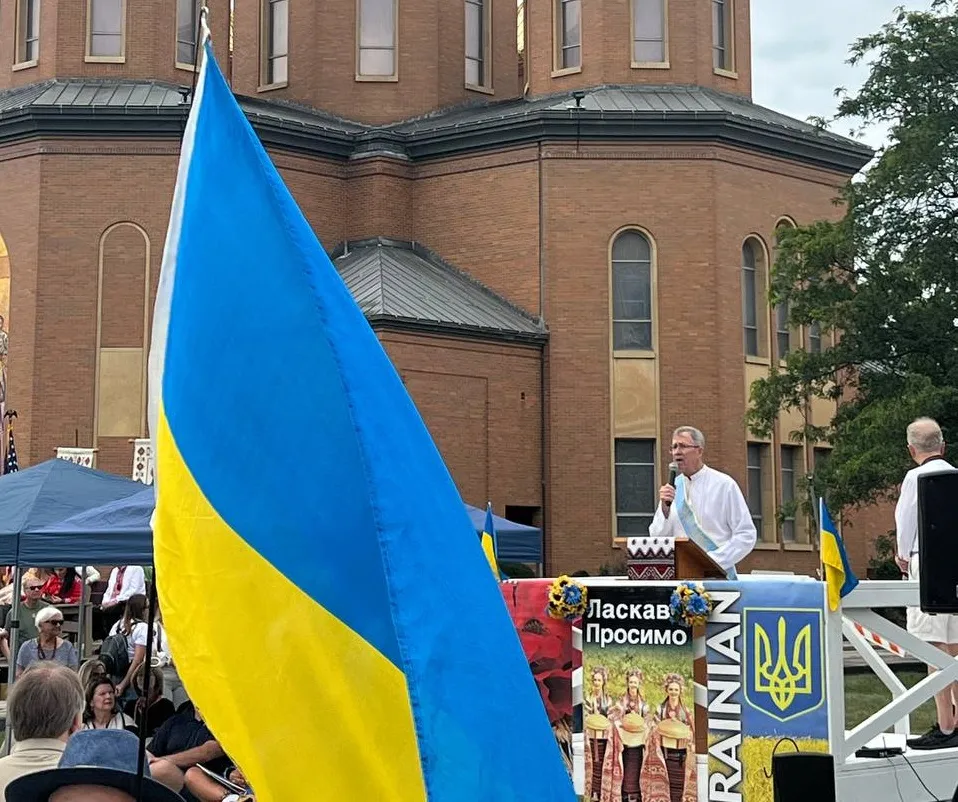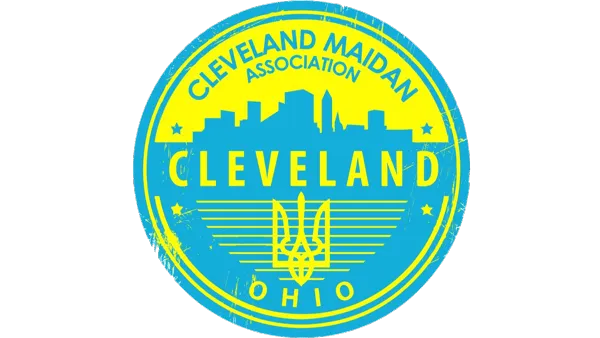On the eve of Ukraine's Independence Day, August 23, 2025, the streets of Ukrainian Village in Parma, a suburb of Cleveland, came alive with the vibrant colors of yellow and blue flags, the rhythmic sounds of folk dances, and loud exclamations of "Glory to Ukraine!". This annual parade and festival, organized by the United Ukrainian Organizations of Ohio, gathered thousands of participants and spectators, transforming into a powerful display of cultural resilience and solidarity. At a time when Ukraine continues to fight Russian aggression, such events are not just celebrations — they are acts of resistance, a reminder of the nation's unbreakable spirit, scattered across the world but united by a shared heritage.
This event, held in the heart of one of the largest Ukrainian diasporas in the United States, emphasizes the critical role of such celebrations in preserving national identity. For American society in general, the parade is a window into the richness of multiculturalism, demonstrating how immigrant communities enrich the country's cultural fabric. In Cleveland, where Ukrainians settled as early as the late 19th century, and where a wave of immigration occurred post-World War II, such events foster dialogue about global challenges, such as the war in Europe, and mobilize support — from humanitarian aid to political lobbying. According to my insider observations, close to diplomatic circles, these gatherings often become platforms for informal discussions with local politicians influencing federal policy toward Ukraine.
For Ukrainians in the USA, especially in Ohio, where the community numbers in the tens of thousands, the parade has deeper meaning: it is a bridge between generations, helping the youth not to lose roots in an assimilated environment. In times when war forces many to emigrate, such events strengthen a sense of belonging, provide psychological support, and raise funds to aid the homeland. As an experienced journalist who has covered the Ukrainian diaspora for decades, I see how these events have evolved from simple folk festivals to powerful advocacy actions, where cultural preservation intertwines with geopolitics.
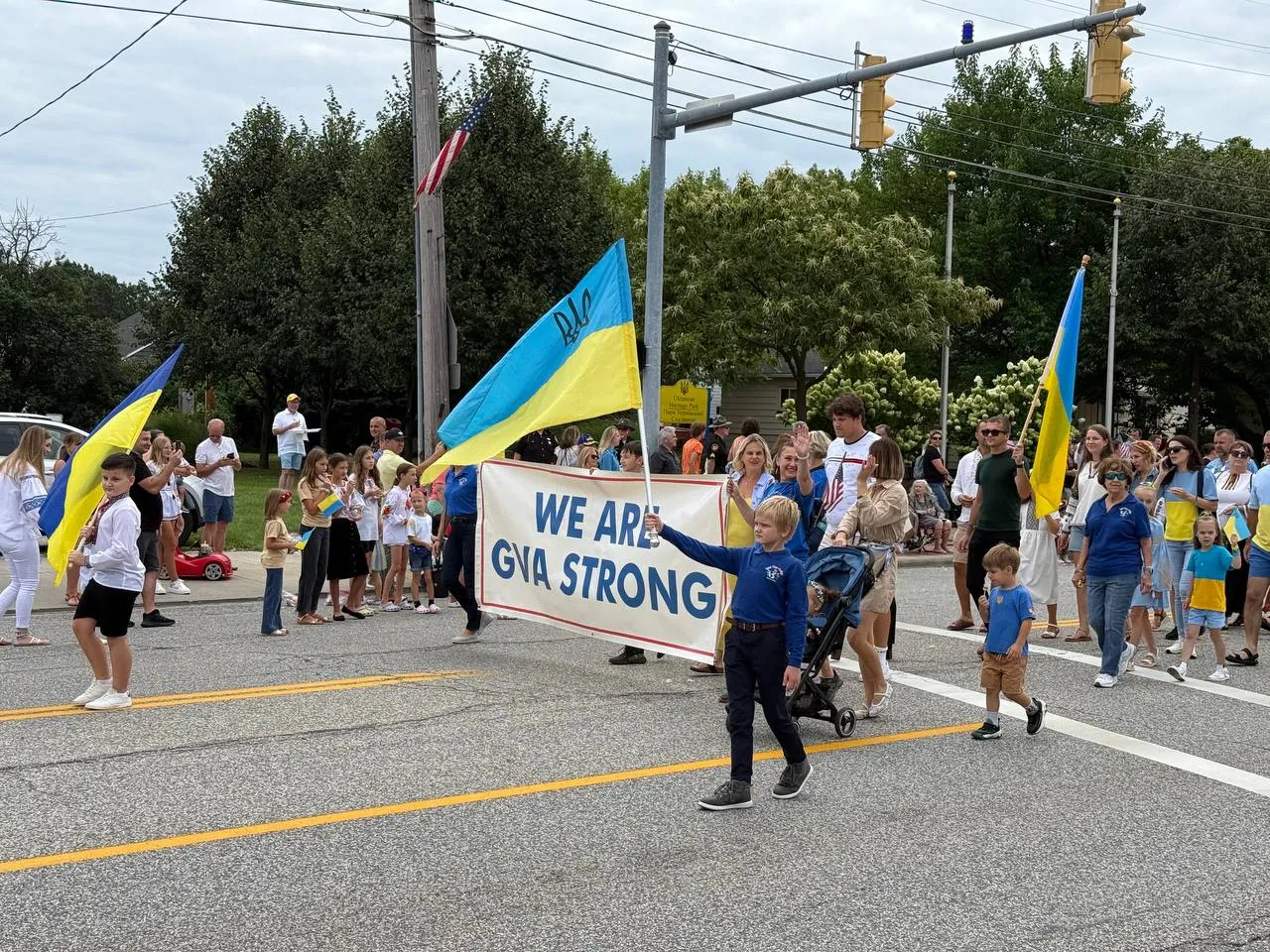
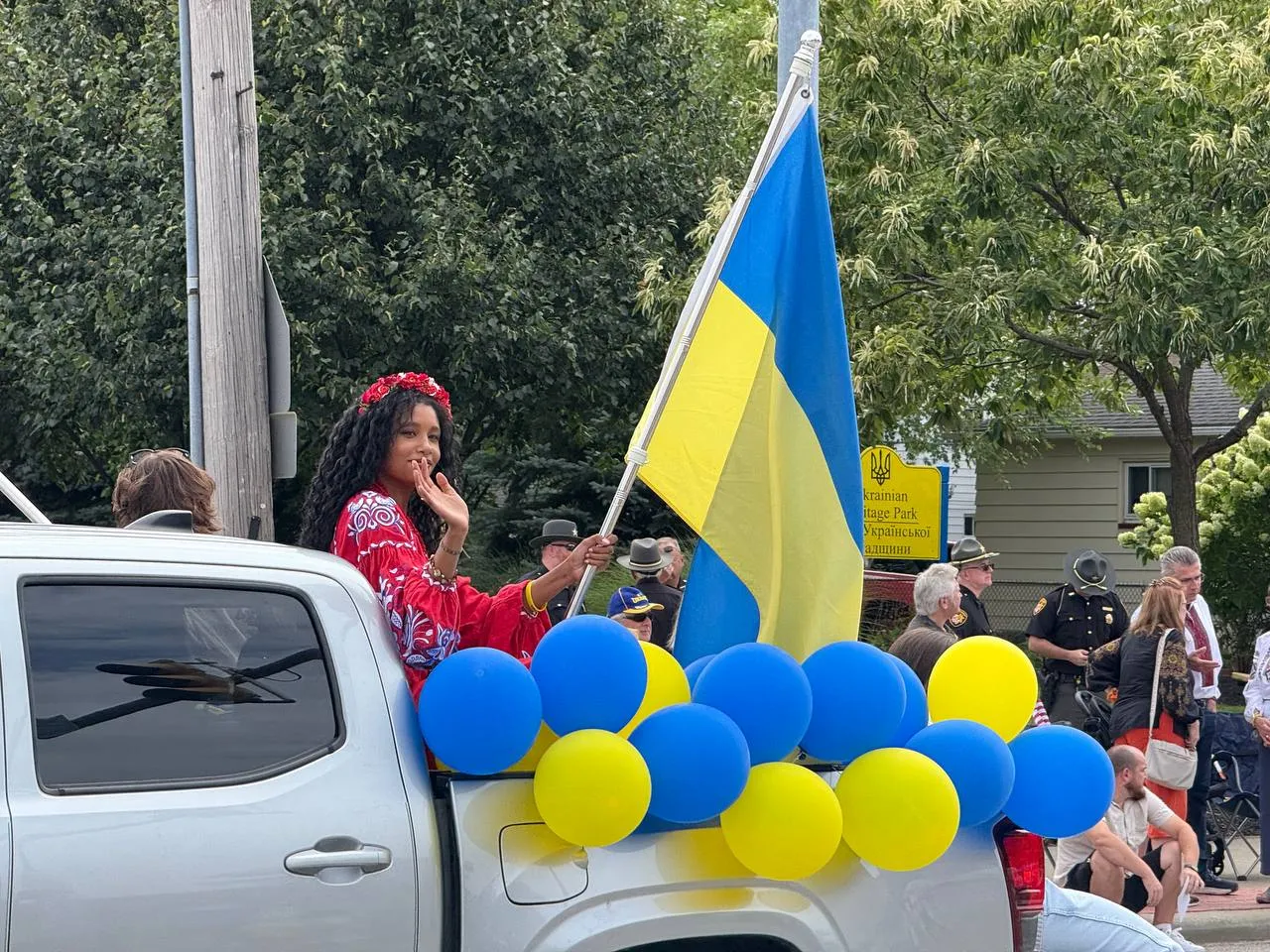
Program and Official Part

The celebration began with a solemn ceremony of raising the Ukrainian flag. The community was addressed by Parma Mayor Tim DeGitter, who emphasized the importance of Ukrainian heritage for the city and thanked the community for their activism. The honorary marshal of the parade was Andriy Fedinsky, a well-known promoter of Ukrainian culture and public figure in the USA.
Participants of the Parade
This year, numerous organizations that have been nurturing Ukrainian traditions, language, and culture on American soil for many years took part in the parade:
Kashtan School Of Ukrainian Dance — Founded in the late 1970s by Zenon Golubets and Markiyan Komichak, "Kashtan" has been the heart of Cleveland’s cultural scene for over four decades. This dance group performs at concerts and festivals across Ohio, preserving authentic Ukrainian dances such as hopak and kolomyika for new generations. Their contribution to culture lies in not only teaching movements but also transmitting the spirit of the Ukrainian soul, making traditions vibrant and accessible, often representing Ukraine at international events, thus promoting cultural diplomacy.
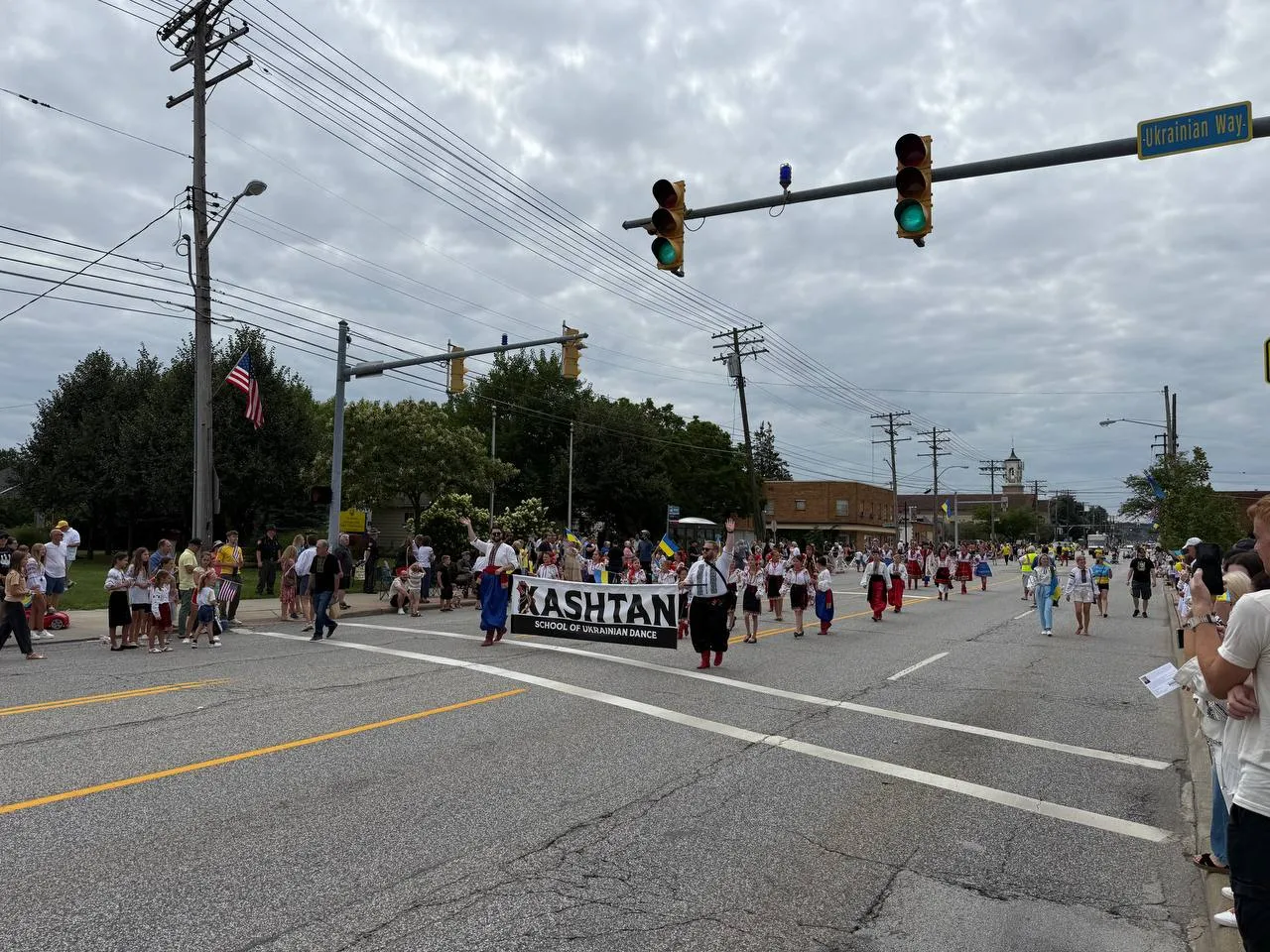
The Union of Ukrainian Youth named after Hetman Bohdan Khmelnytsky (Cleveland, Ohio) — Founded in the 1950s, this organization is part of a broader network originating from the liberation movements in Ukraine. In Cleveland, it offers educational and cultural programs for youth, including summer camps where they study Ukrainian history, language, and traditions. Its contribution lies in fostering active citizens who preserve Ukrainian identity through sports, arts, and civic activities, helping youth to integrate into American society without losing their roots.
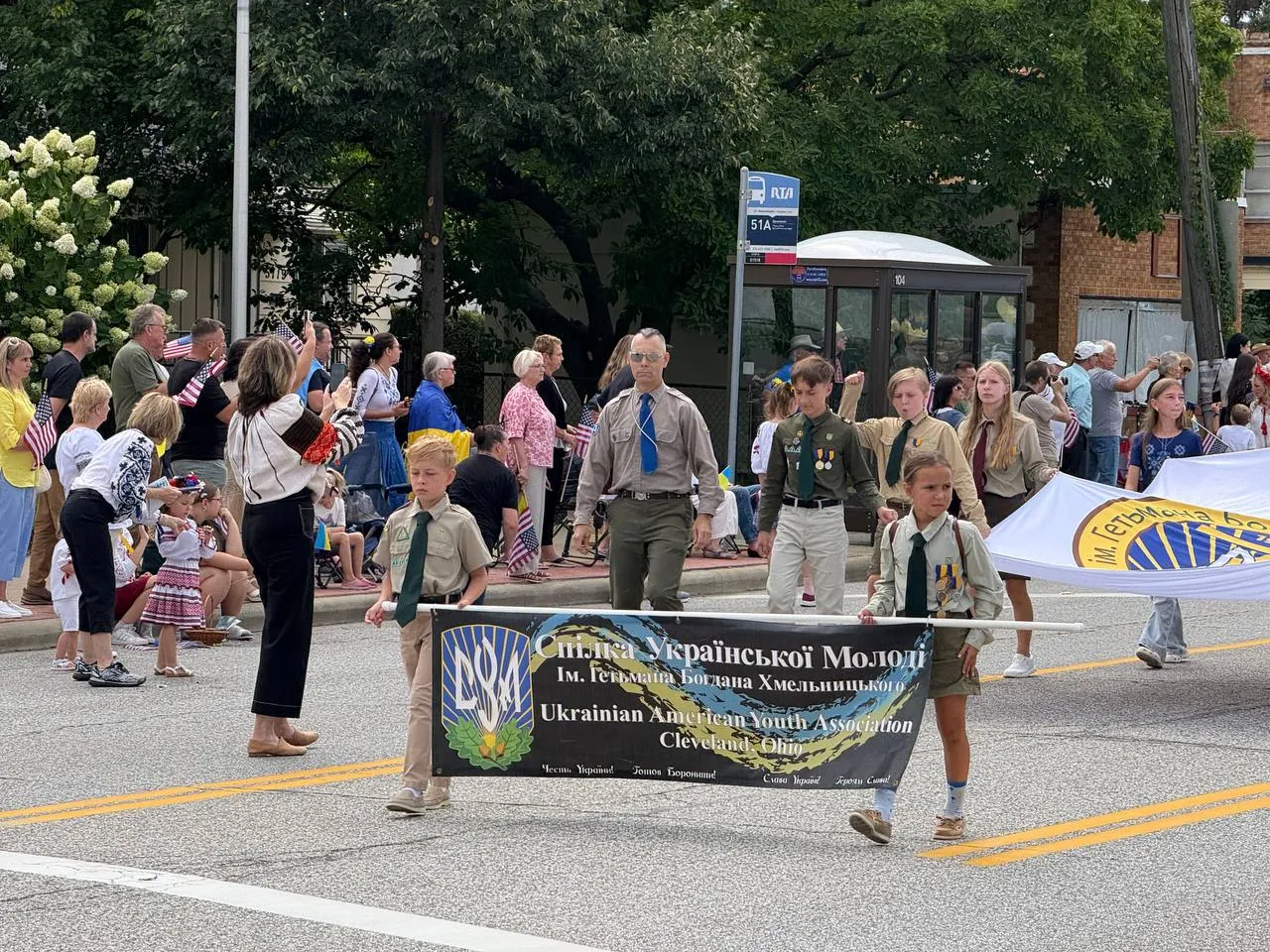
Plast Ukrainian Scouting Organization, Greater Cleveland Chapter — Established in 1949 as part of the global scouting network that began in 1912 in Lviv, this chapter owns its own camps near Cleveland. They run programs focused on learning Ukrainian history, nature, and leadership, combining scouting with national traditions. Their cultural contribution is in shaping youth character through patriotism and ecological consciousness, making Plast a bridge between Ukraine’s past and America’s future.
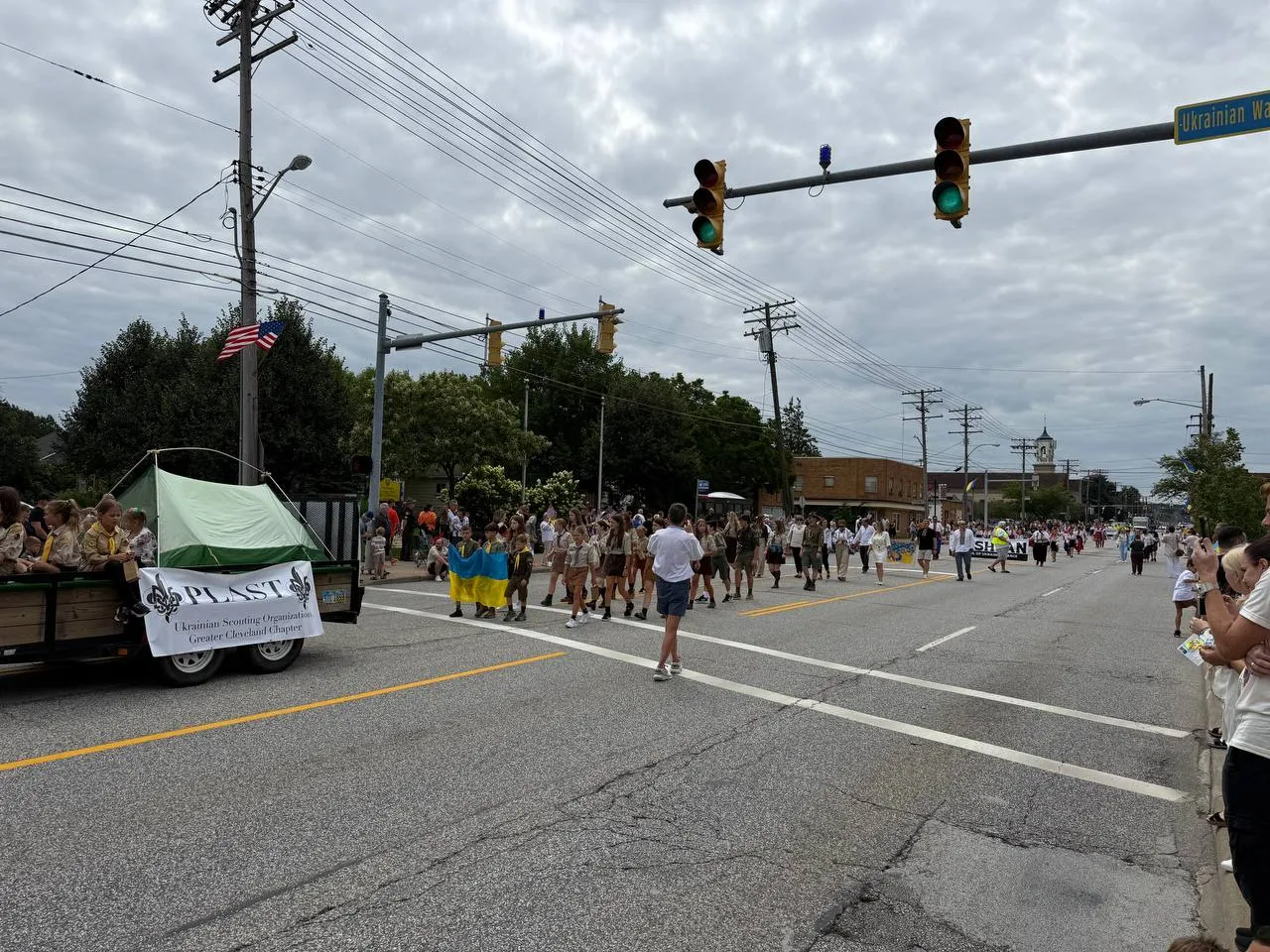
130th Branch of the Union of Ukrainian Women of America — As part of the oldest Ukrainian women's organization in the USA, founded in 1925, this branch in Cleveland focuses on social aid, education, and cultural initiatives. They organize events to support women and families, including children’s programs. Their contribution is in promoting gender equality in Ukrainian culture, raising funds for humanitarian aid, and preserving traditions through art and literature. Svitlychka Preschool: This preschool, connected with the Ukrainian community of Cleveland, offers an immersion program for children from 18 months, focusing on the Ukrainian language, traditions, and culture. Established to support working mothers, it integrates multicultural awareness. Their cultural contribution is in early upbringing, passing on heritage to the youngest, making Ukrainian identity part of everyday life.
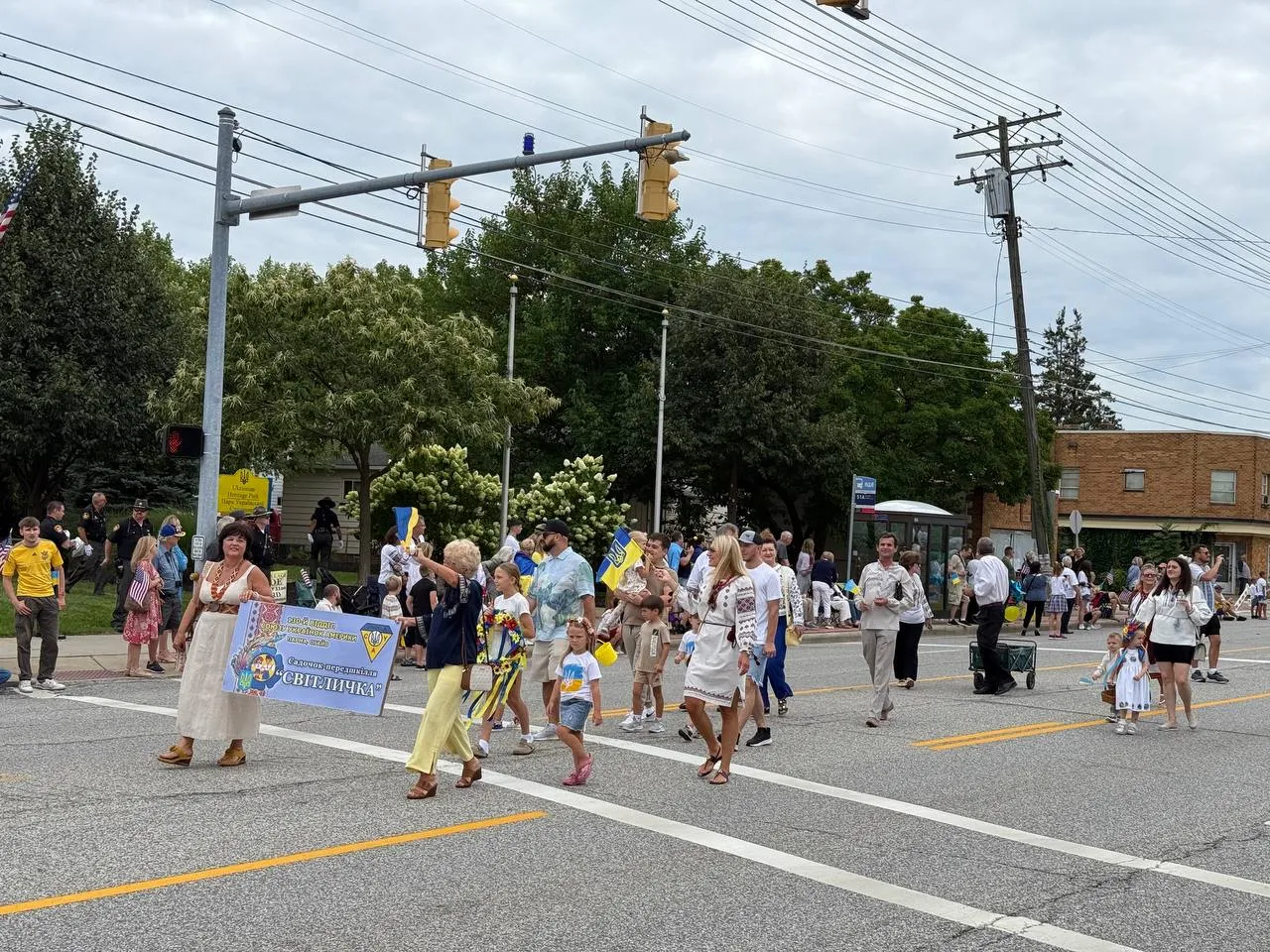
Ridna Shkola School of Ukrainian Studies — Founded to preserve language and culture, this school teaches children from preschool age to 11th grade, studying history, geography, literature, and art. Its mission is to complement American education with a Ukrainian perspective. Its contribution is a comprehensive cultural education that helps youth maintain their identity and respond to events in Ukraine, such as the ongoing war.

The Cleveland Maidan Association: Founded in 2014 during Euromaidan, this organization focuses on humanitarian aid, medical missions, and cultural events. They raise funds for hospitals and refugees in Ukraine. Their cultural contribution is a combination of activism and tradition, making events like the parade a platform for supporting freedom and cultural resilience.
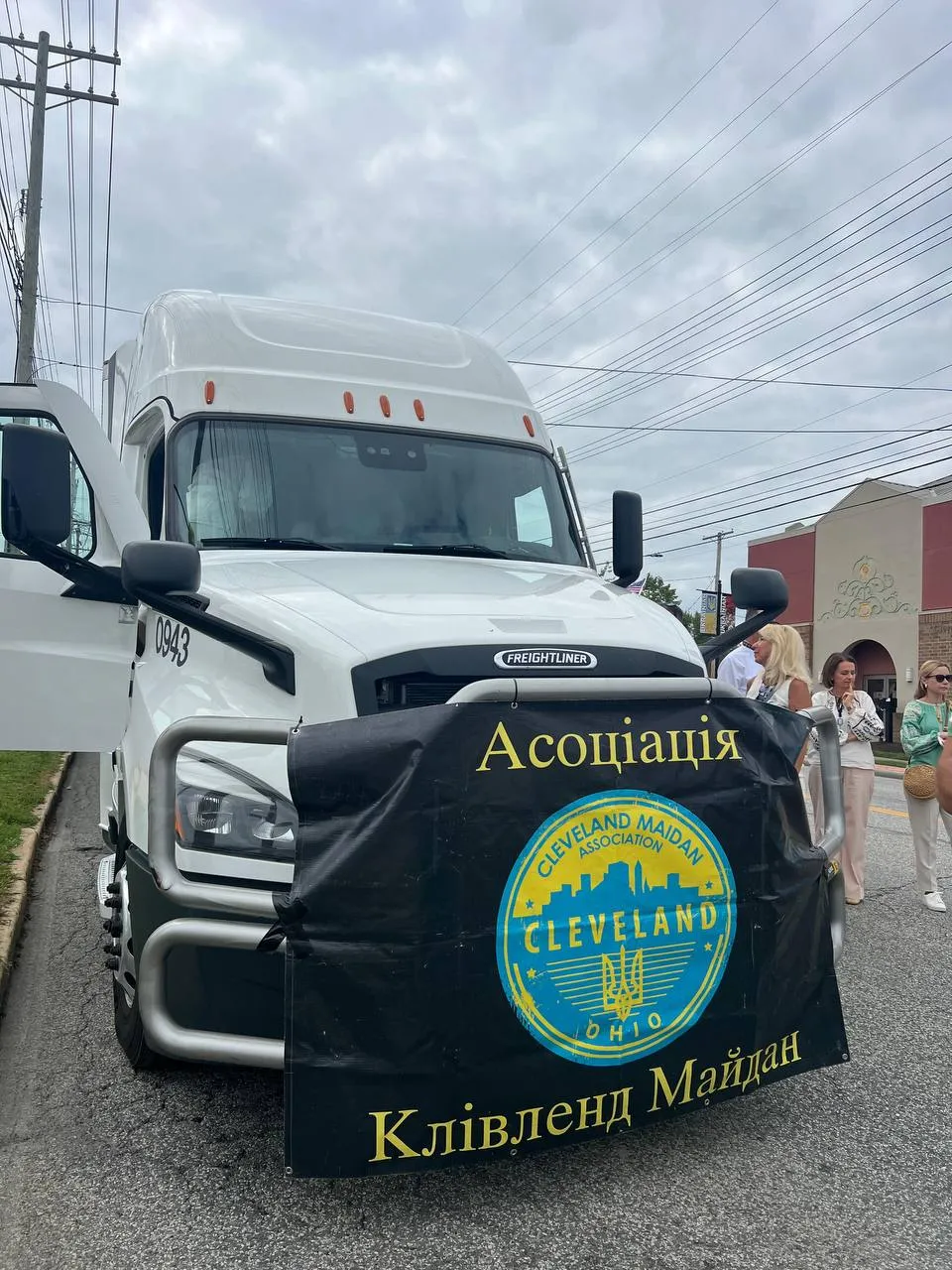
Taras Shevchenko School of Ukrainian Studies: Named after the great Ukrainian poet and a symbol of national struggle, this school is a center for teaching Ukrainian language, literature, history, and culture to children and youth in Cleveland. Founded in the 1950s, it offers lessons for various age groups, emphasizing Shevchenko’s creativity as a source of inspiration for patriotism. Its contribution to culture lies in preserving literary heritage and fostering a deep understanding of Ukrainian identity, which is especially important during times of war when Shevchenko’s ideas of freedom and dignity acquire new meaning.
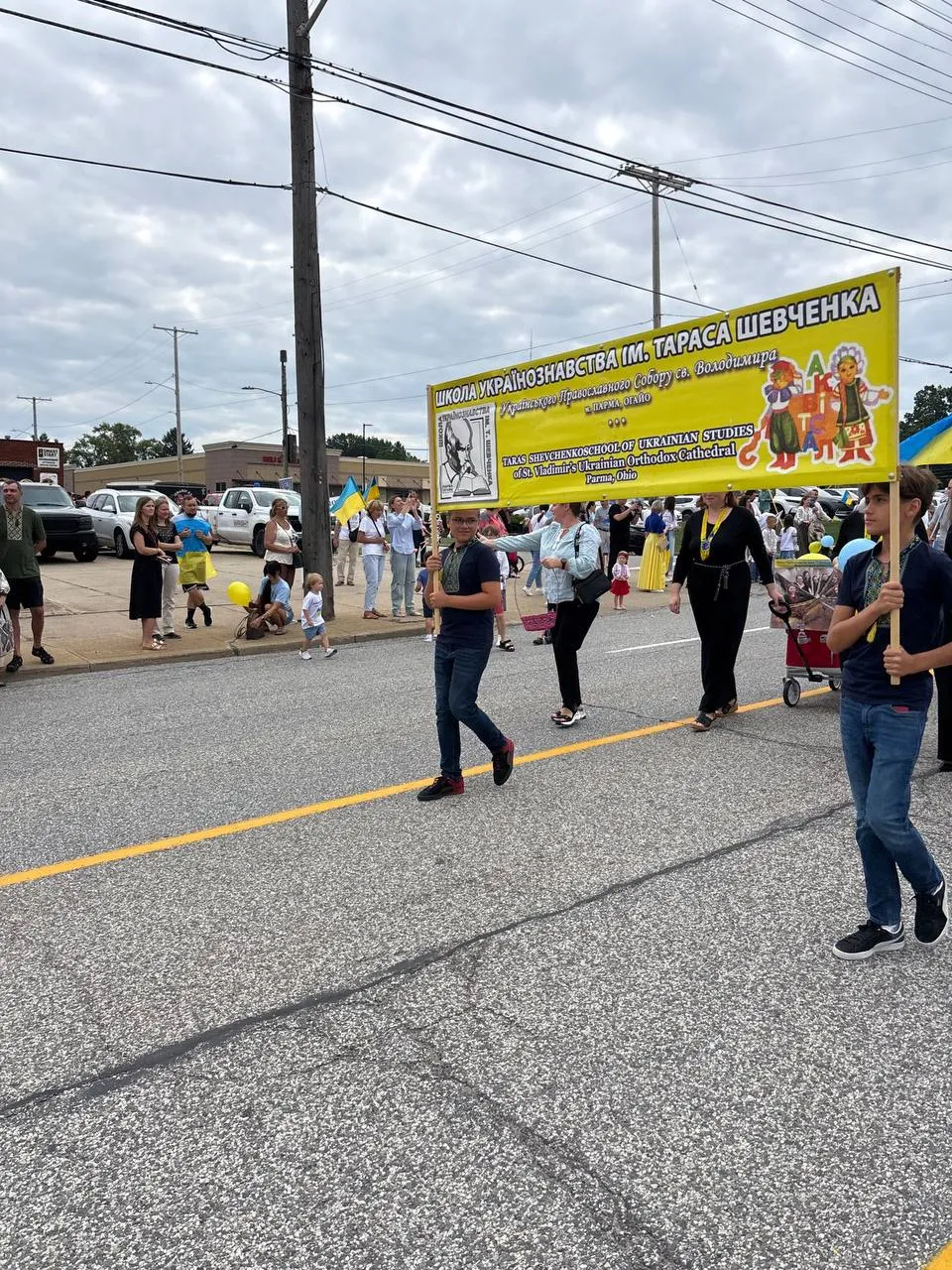
State Meats: This family business, founded by Ukrainian immigrants in Parma, is a culinary icon of Ukrainian diaspora in Cleveland. Since the 1970s, State Meats has supplied the community with traditional Ukrainian sausages, smoked meats, and other delicacies that are an integral part of festive tables. Their contribution to culture is in maintaining authentic Ukrainian flavors that unite families during celebrations like the parade and remind of home coziness even thousands of kilometers away from the Motherland.

The parade atmosphere was charged with a unified energy: the procession began at 11 a.m. on Grantwood Drive, moving along State Road to Ukrainian Heritage Park, with dancers in vyshyvankas, scouts with flags, and children singing folk songs. Music played from every corner — from traditional cymbals to modern remixes of the anthem — and the air was filled with the aroma of varenykas and sausages from festival tents. The mood was uplifted and inspired: the older generation nostalgically remembering the Motherland, the youth proudly demonstrating solidarity, and families embracing with tears of joy and sorrow. In this celebration, the unstoppable power was felt — not just folklore, but a living declaration: Ukraine lives, wherever its children are.
